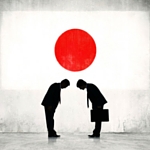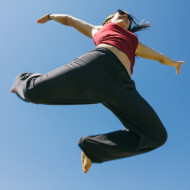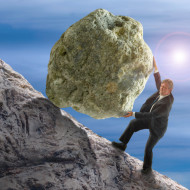
Dance is often viewed as a form of self-expression. But everyone expresses themselves through their bodily movements. These quotidian expressions differ from dance in an important way however, for everyday expressive actions are spontaneous, un-rehearsed, un-premediated and largely unguarded.
Dance movements, on the other hand, are carefully chosen, rehearsed, and controlled. One of the attractions of dance training is not only enhanced freedom of bodily expression, but also increased control. Yes, dancers are control freaks. But they are also optimists. Dance offers the possibility to construct a new self – one that is leaner, stronger, more capable, more sexy — in short, more of whatever attribute a particular style of dance may emphasize.… Read More








